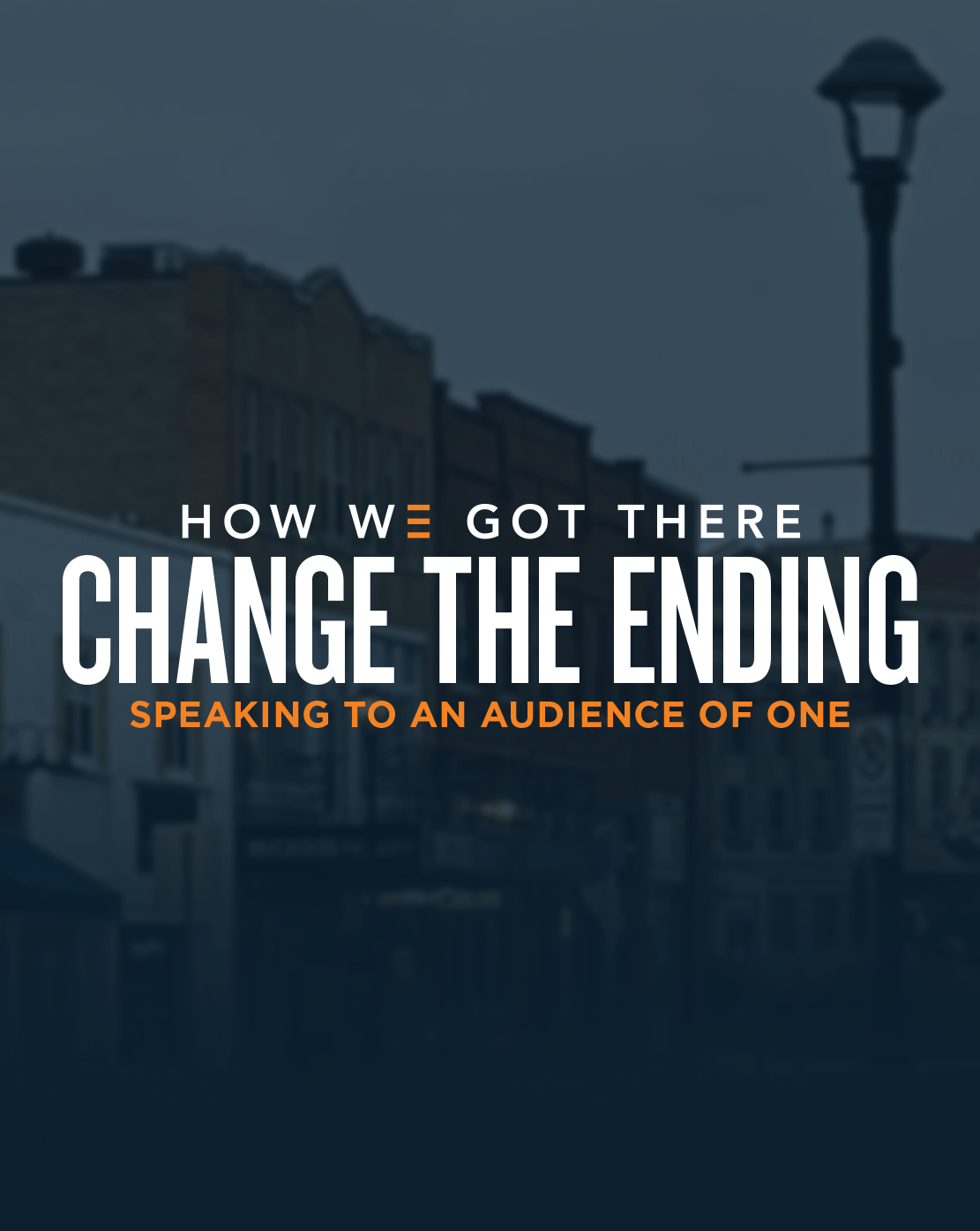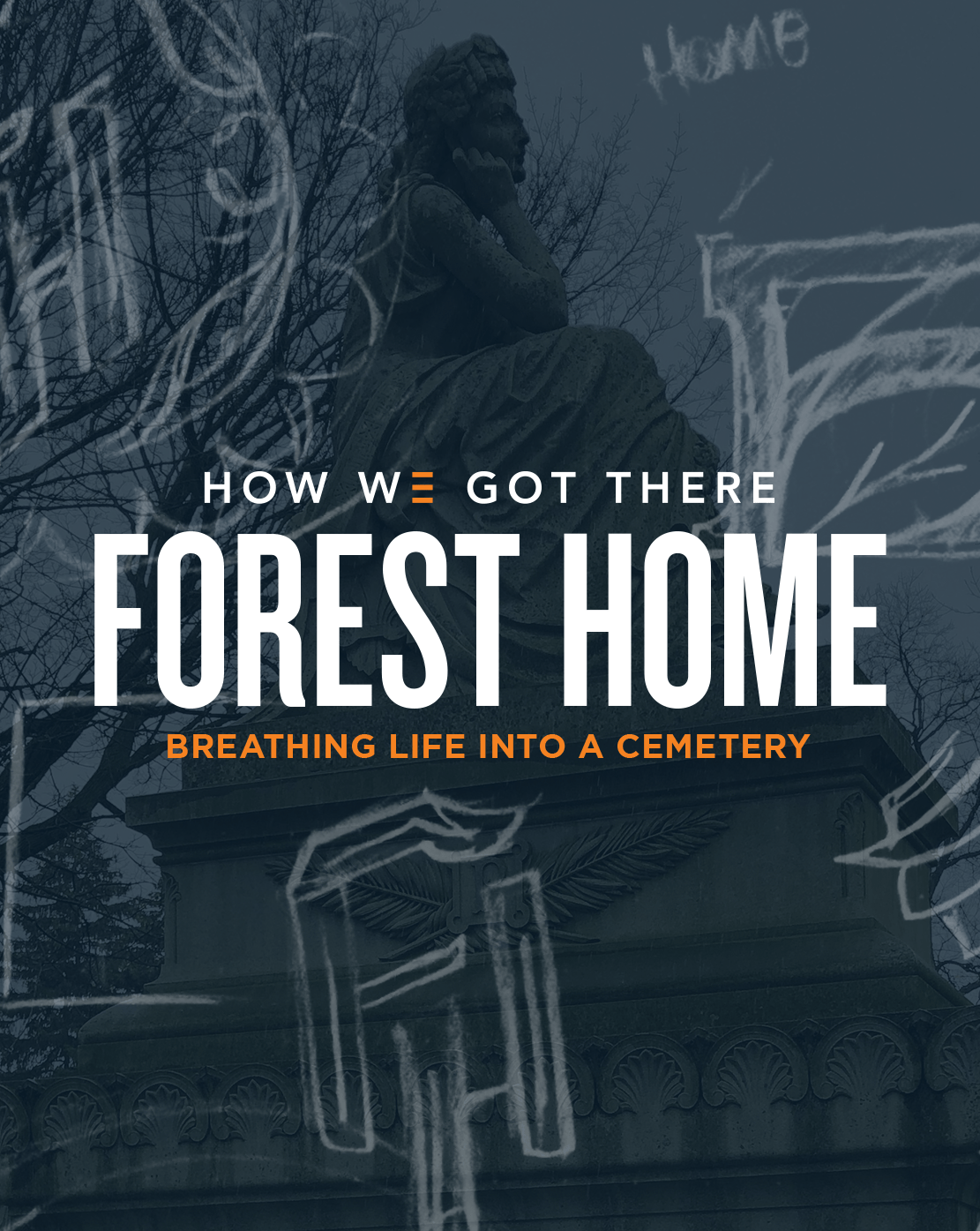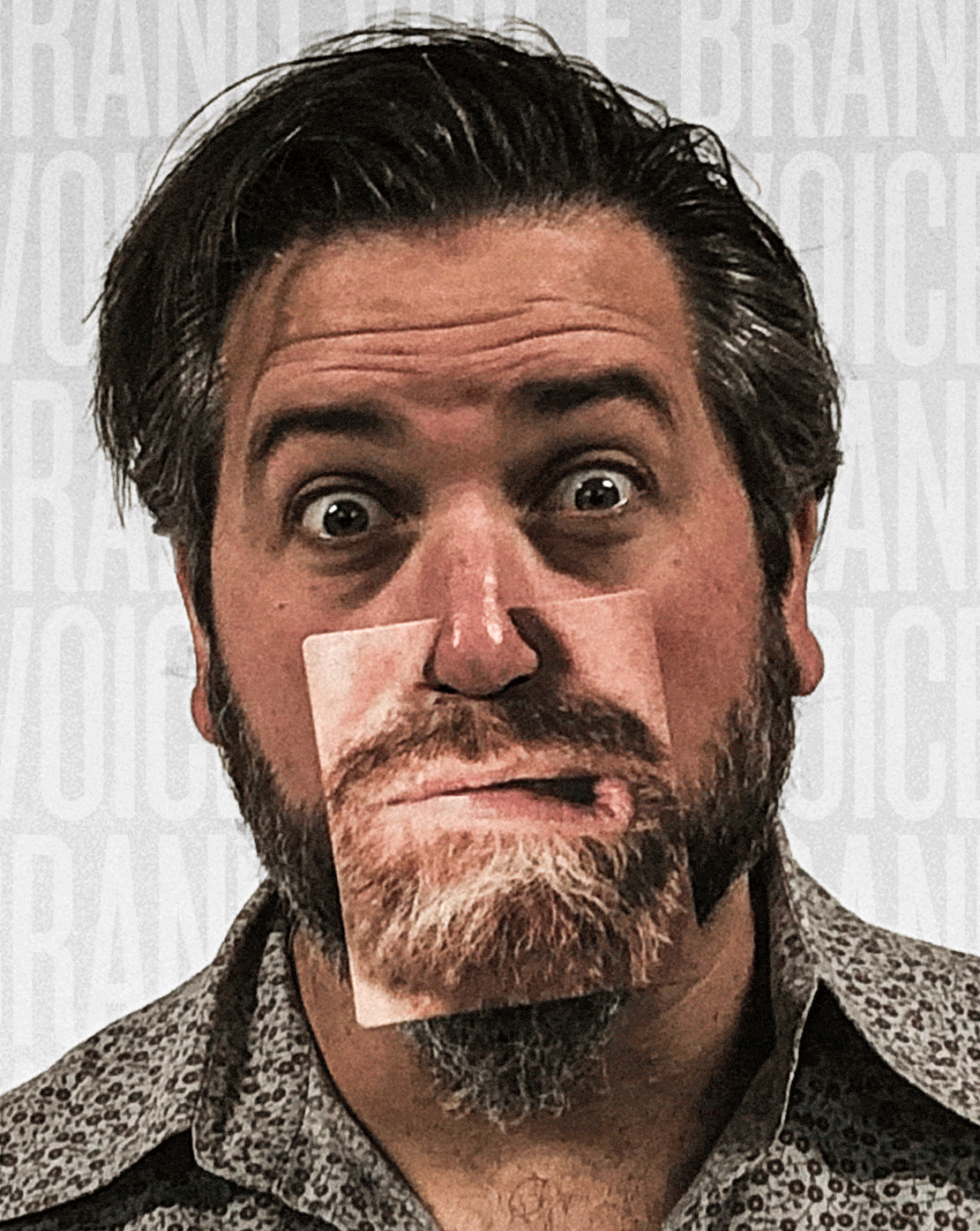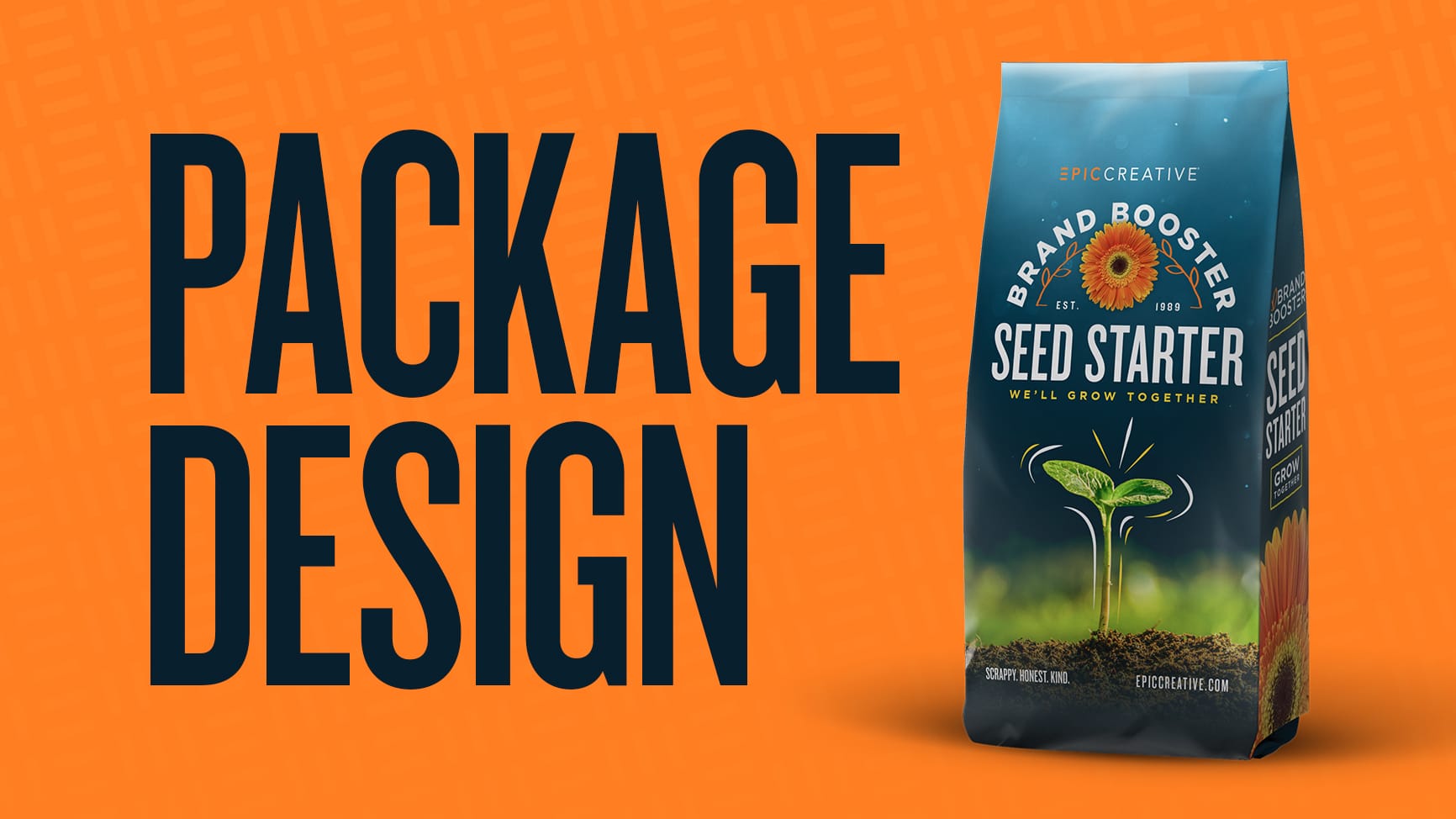
Billboards On Bags, Bottles, And Boxes
What brings you to an in-store product display or drives your Google search when shopping online? Is it the brand? The product? An impulse? For the sake of this blog, the most important question is this: How does the exterior of the product packaging influence you once you get there?
The art of package design has become a foundational part of virtually everything we buy. Over the years, I’ve learned it’s just as important as what’s inside the package—especially when you’re selling in competitive markets. I’m not here to say that package design is the most important part of a brand’s presentation but, at its best, it can function as a billboard that embodies everything the brand and product represent.
What’s ON the package is just as important as what’s inside it—especially when you’re selling in competitive markets.
Think about unboxing a high-end tech-forward product: a laptop, phone, etc. Opening it is an experience. It’s sleek. Everything has its place and you feel like you’ve opened something special—it’s something that feels designed specifically for you. The entire experience is often a metaphor, a physical manifestation of what you should expect of the product. And here’s the kicker: it was designed that way.
On May 7, we posted about “National Packaging Design Day” on our social media channels. In our super-secret monthly internal content meeting, we decided it would only make sense to honor that day by showcasing some of our client packaging work. We certainly don’t celebrate every “National [fill-in-the-blank] day,” but this was one of those days where the EPIC team could shine.
So, I took it on thinking it would be easy: Talk to the team, pull together a couple of familiar samples, tell a bit of the story in the post copy, and call it a day. Easy, right? Nope, not at all. The reality is that EPIC has done A LOT of package design. Our files are very well organized, making things easy to find. The problem is that the memories we’ve stored regarding packaging work are like a warehouse where none of the aisles are labeled—it’s a hazy flashback from a made-for-TV movie. Nothing is clear or definitive, but it happened … maybe … at some point … probably.
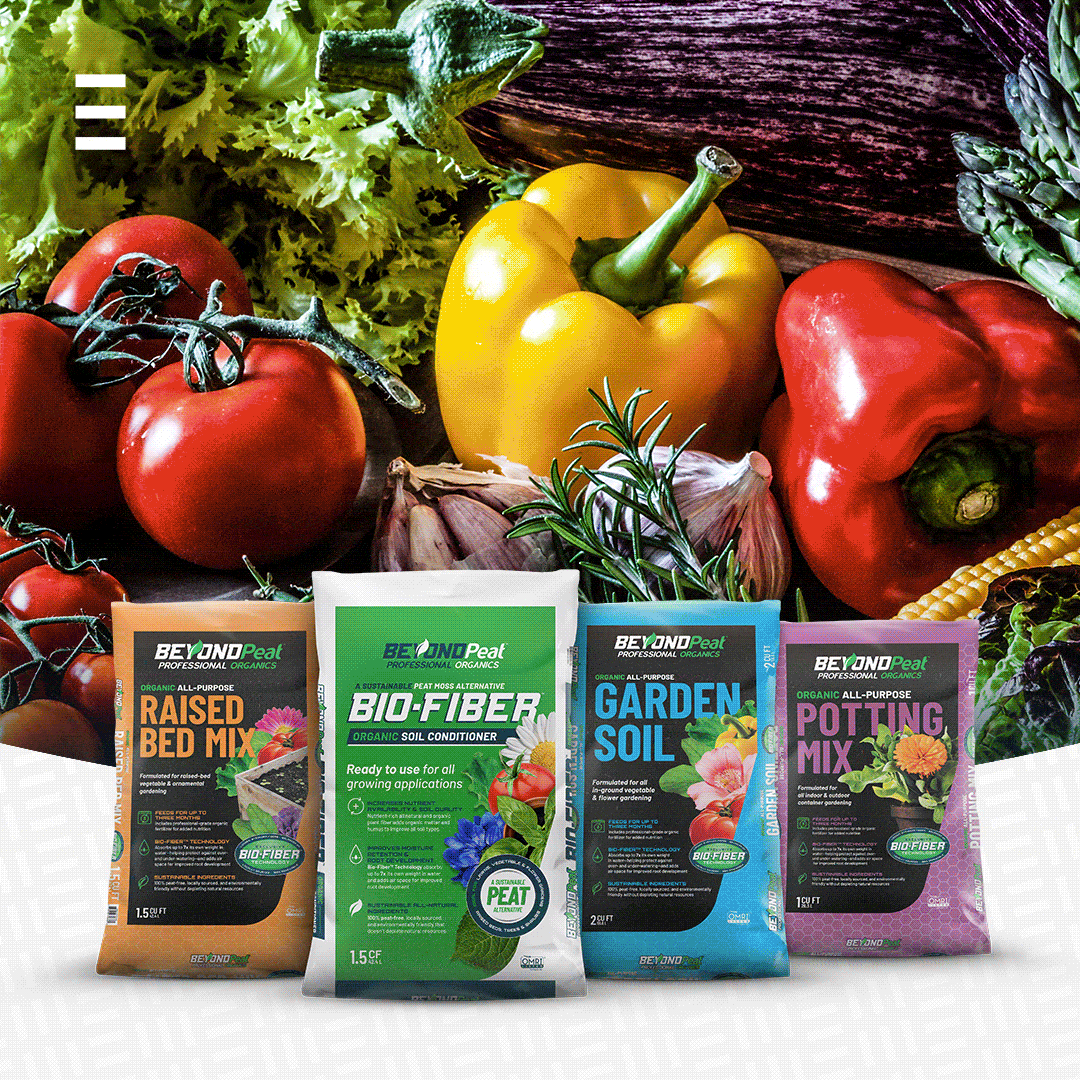
Becoming An Expert
I’m the proud holder of a BFA in graphic design and have a (nearly) 16-year-old paper that says so. I’d also have to check the bin in my closet to see if it’s still where I think it is. In my time at EPIC, there have been instances where I’ve needed to be an expert in science, psychology, product development, data analytics, and even sales. These are all a direct result of diving head-first into the world of package design years ago. Anyone familiar with the Adobe Creative Suite can build a decent-to-good design. The exploration of the outlined complexities and nuances in the discovery of “why” will make it great.
Becoming this pseudo-expert isn’t exclusive to creative individuals; it’s an unsaid expectation of everyone associated with the project. We walk the retailer floors, scope out the competitors, take some notes, consider trends, and start to collaborate. This is the most important piece of the puzzle—collaborating by compiling data and personal perspectives, to start developing a strategic plan that will make the product presentation successful. The intangible part is developing an emotional hook in the work—It’s the heart of creativity.
Package design fundamentals: research, data, competitive analysis, color theory, typography, photography, content strategy, visual hierarchy and, of course, the ever-present trust of our gut.
There are fundamental variables that go into every package design: research, data, competitive analysis, color theory, typography, photography, content strategy, visual hierarchy and, of course, the ever-present trust of our gut. On top of that, we pretty much have to become experts in whatever industry we’re creating the package for … If I start competing in trivia nights, I’ll really kill it if there are a bunch of questions about soil products!
It’s Not What You Say, It’s How You Say It
Leveraging data and audience information is a key piece of the package design puzzle. The most critical element of effective delivery is simply knowing your audience. You wouldn’t use current slang and hashtags for an audience that is primarily, say, male and 60+… You’d tailor your message strategy to talk TO them rather than AT them. This approach quickly educates the hierarchy of the package: what we say the loudest and how it’s supported.
Over the last 10 years, point-of-sale support from in-store employees is nowhere near as prominent, helpful, or expected as it once was. Over the last decade, there has been a significant reduction of in-store employees at point-of-sale across almost all industries. Stores used to be staffed with passionate individuals that were often ready to offer up sage advice, solicited or not. It has become a challenge from a content delivery standpoint. But the fun part is that we often find ourselves infusing some of that passion into our package designs.
Our top priority is helping a customer make an educated decision in a noisy retail environment.
We realize that our top priority is supplying pertinent information to a customer so they can make an educated decision in a noisy retail environment. I mentioned that product packaging is essentially a billboard, right? Imagine each one you pass shows the same product by a different manufacturer and presents a unique value proposition … Which do you remember along the way? To say it’s complicated is a massive understatement.
We root ourselves in the data and audience information so we can focus on the differentiators, accentuating a true value proposition for a successful product and brand presentation. Knowing and understanding our audience is a key element of our creative development. If you say everything, you’re effectively saying nothing—especially in a competitive market.
When approaching a package design project, we deliberately don’t limit ourselves to a strict process; we tailor our strategy to create a unique spin on what’s being asked. Our focus is on data, relationships with clients, and past experiences to craft unique solutions. This ensures opportunities don’t fly by, and our execution has stopping power—no matter how fast the audience is going.
Do you have a package design problem in need of solving? Contact us here.
Recommended



